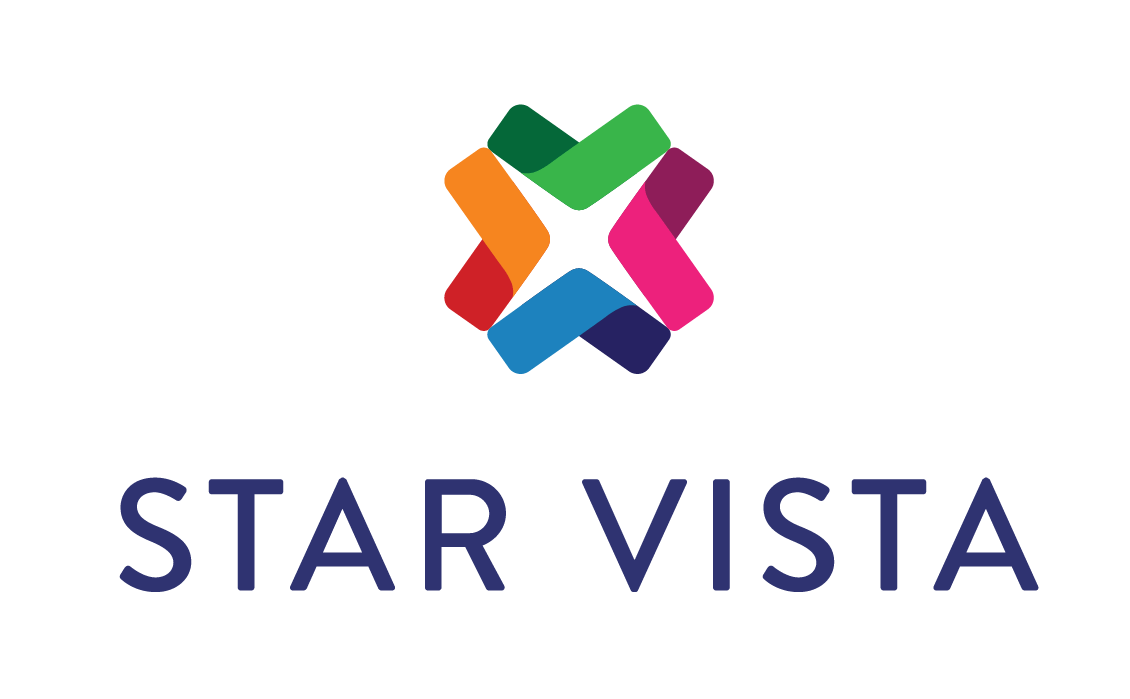Daybreak is a housing and independent living skills training program for homeless youth ages 16-21.
StarVista’s Daybreak program provides homeless youth the skills and resources they need to live on their own.
Daybreak participants receive training in:
• Obtaining and maintaining employment
• Personal health and self-care
• Money management
• Meal planning and preparation
• Performing daily chores
• Accessing and using educational training and community resources
• Locating and renting housing
• Pursing educational opportunities
Additionally, Daybreak’s therapeutic resources include:
• Case management and Counseling
• Educational Groups (In Partnership with CORA and StarVista’s Mindfulness Project).
• Socialization Activities
• Permanency Planning
Rapid Re-Housing (RRH)
Rapid Re-Housing (RRH) for Youth – provides housing location, financial assistance and case management to homeless youth ages 18-24 years.
Daybreak’s RRH program works to find youth appropriate housing options as quickly as possible, including comprehensive support services to ensure they remain housed.
Through this program, StarVista will provide:
-
- Housing search
- Financial assistance for monthly rent
- Financial assistance for move-in costs
- Ongoing support to ensure rent is paid
- Ongoing case management to ensure self-sufficiency for the long-term
Our goal is for all youth to maintain self-sufficiency and overall health and wellness for the long-term!
Both programs require all referrals to come from one of the eight Core Service Agencies of San Mateo County. Learn more.
This website is supported by Grant Number [90CX7527-01-00] from the Family and Youth Services Bureau within the Administration for Children and Families, a division of the U.S. Department of Health and Human Services. Neither the Administration for Children and Families nor any of its components operate, control, are responsible for, or necessarily endorse this website (including, without limitation, its content, technical infrastructure, and policies, and any services or tools provided). The opinions, findings, conclusions, and recommendations expressed are those of the author(s) and do not necessarily reflect the views of the Administration for Children and Families and the Family and Youth Services Bureau.
